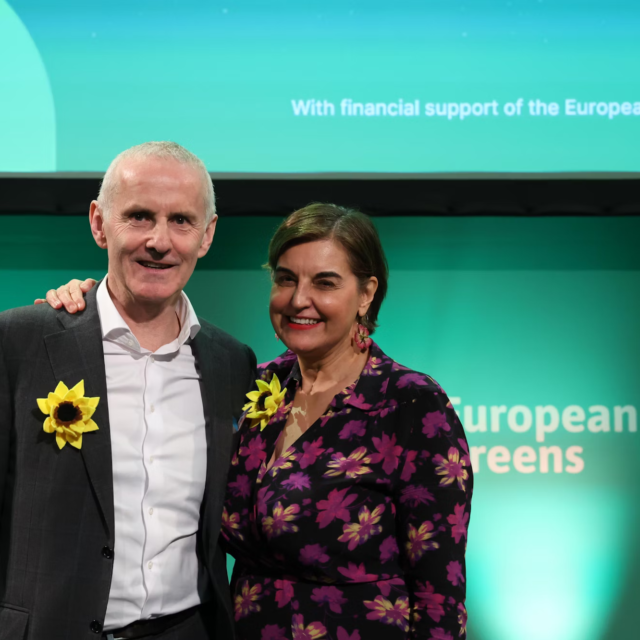EU Member States and the European Parliament have reached an agreement on the so-called Trans-European Network in Energy (TEN-E) Regulation.
“With today’s agreement, energy in Europe will become more sustainable, more securely supplied and more affordable”, said Tom Berendsen MEP, who negotiated the new EU rules for the financing and construction of energy infrastructure on behalf of the EPP Group.
“To make the energy transition work for people and businesses alike, we need more European cooperation. Sustainability, security of supply and affordability are the main criteria. We, in the EPP Group, believe all three aspects are necessary”, stressed Berendsen.
The TEN-E Regulation sets criteria on which cross-border energy infrastructure projects are eligible for European funds under the Connecting Europe Facility and fast-tracked permits.
“This deal is a good deal. There is a sharpened focus on the needed infrastructure to deploy a robust European backbone for the production and transport of renewable and low carbon hydrogen. We also welcome the improved role of carbon capture and storage”, declared Berendsen.
The new Regulation will contribute to the CO2 emissions reduction objectives by promoting the integration of renewables and new clean energy technologies into the energy system. It will continue to connect regions currently isolated from European energy markets, strengthen existing cross-border interconnections and promote cooperation with partner countries. It will also help timely delivery of cross-border infrastructure by proposing ways to simplify and accelerate permitting and authorisation procedures.
“There will also be improved cooperation among Member States on offshore projects. Important projects with non-European countries will be promoted rather than put aside. As long as bridging technologies and fuels, such as low-carbon hydrogen, contribute to reaching the overall goal in the most efficient way in the energy transition, they are part of the solution”, Berendsen continued.
The agreement provides that all infrastructure that facilitates CO2 storage also benefits from fast-tracked procedures and potential funding. “This is another major achievement”, concluded Berendsen.




